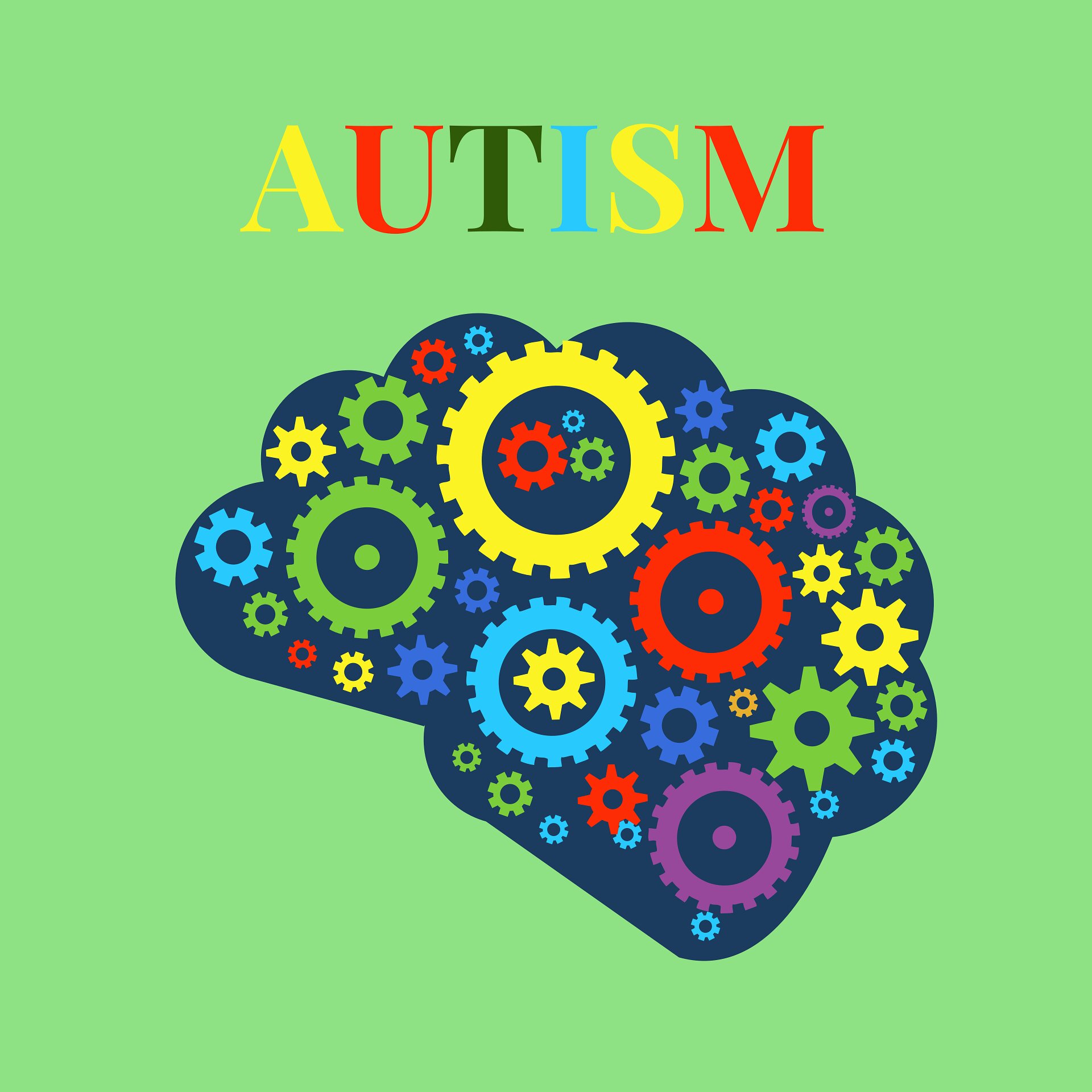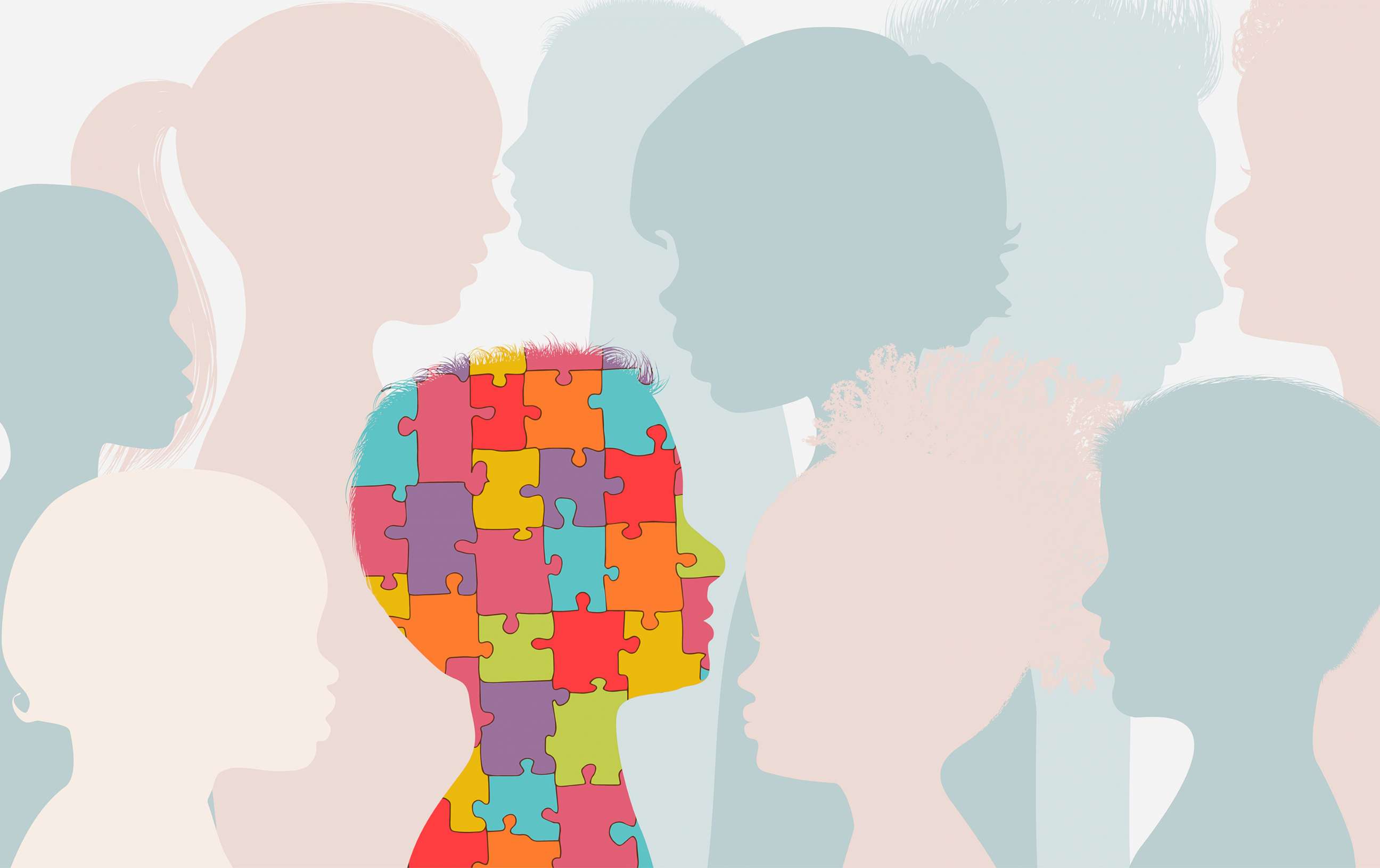Exactly How to Interact Successfully with Liked Ones on the Autism Spectrum
Exactly How to Interact Successfully with Liked Ones on the Autism Spectrum
Blog Article
Discovering Autism: Techniques for Reliable Communication and Communication
Reliable communication and interaction with people on the autism spectrum require a thorough understanding of their distinct requirements and choices. The ins and outs of these strategies reveal further factors to consider that merit expedition, specifically in how they can be adapted to diverse contexts and individual experiences.
Understanding Autism Range Disorder
Autism Range Disorder (ASD) includes a variety of neurodevelopmental conditions identified by difficulties in social interaction, interaction, and repetitive habits. The term "range" reflects the diverse indications and differing degrees of seriousness experienced by people with ASD. While some may show significant problems, others may present high-functioning traits, enabling greater freedom in every day life.
The beginning of ASD generally happens in very early childhood years, with signs frequently identifiable by age 2. Early indicators may include postponed speech development, limited eye call, and problems in recognizing social signs. The exact etiology of ASD stays unclear, research study recommends a combination of genetic and environmental factors plays a vital duty in its development.
As a result, treatments and assistance tailored to specific needs are necessary for promoting communication and social abilities. Acknowledging the intricacy of ASD is crucial for promoting recognition, approval, and effective techniques that facilitate significant communications with individuals on the range.

Significance of Clear Communication
Efficient interaction is vital for cultivating understanding and connection, specifically for individuals with Autism Range Condition (ASD) Clear communication not only helps with social communications however likewise boosts the person's capability to express their ideas, feelings, and needs. For people with ASD, the nuances of language can frequently be testing; as a result, utilizing straightforward and distinct language is crucial.
In addition, clear communication aids minimize disappointment and anxiety that may emerge from misunderstandings. When messages are shared in a constant and straight manner, individuals with ASD are much better geared up to analyze info properly, which can considerably boost their social engagement and engagement in different settings.
Establishing regimens and using aesthetic supports can further boost clear communication. These techniques provide individuals with predictable frameworks that assist comprehension and retention of details. In addition, actively being and listening client during communications advertises a supportive atmosphere where people with ASD feel valued and understood.
Eventually, focusing on clear interaction not only equips individuals with ASD however also promotes even more significant connections with their peers, caregivers, and the wider community, leading the method for comprehensive communications and collaborative relationships. - autism
Non-Verbal Interaction Strategies
Interaction expands past words, and for individuals with Autism Spectrum Disorder (ASD), non-verbal hints play a substantial duty in communications. Non-verbal interaction strategies can consist of faces, gestures, body language, and eye contact, all of which function as vital components for conveying purposes and see page feelings.
Comprehending and analyzing these non-verbal signals can boost communications with people with ASD. For circumstances, a warm smile or open position can develop an inviting atmosphere, urging involvement. Making use of aesthetic aids-- such as picture cards or signs-- can connect communication voids More Help and assist convey messages extra successfully.
It is likewise important to be conscious of personal room, as people with ASD may have various comfort levels pertaining to proximity. Observing their reactions to physical nearness can inform appropriate adjustments.

Producing Supportive Settings
Producing a supportive setting is crucial for cultivating favorable communications and improving the well-being of people with Autism Spectrum Problem (ASD) Such environments can substantially minimize stress and anxiety and create a feeling of safety, permitting individuals to share themselves more openly.
To accomplish this, it is important to take into consideration sensory sensitivities that people with ASD may experience. Changing the physical space to include soft illumination, very little background sound, and comfortable seating can develop a soothing ambience. Additionally, using constant regimens and clear visual timetables can help individuals prepare for changes and official website minimize unpredictability, additional advertising convenience.
Social spaces must be structured to minimize overwhelming stimulations while offering possibilities for involvement in recommended activities. Assisting in locations designated for quiet time can likewise function as a refuge during moments of stress. Significantly, integrating components of choice equips people, permitting them to exercise agency in their atmosphere.

Encouraging Social Communications
Promoting social communications among people with Autism Spectrum Condition (ASD) calls for deliberate approaches that prioritize convenience and engagement. Developing foreseeable routines can help in reducing anxiousness, making social settings much more friendly. Creating organized settings with defined functions and responsibilities allows individuals to engage without the overwhelming pressure of disorganized social characteristics.
Integrating interests and staminas into social tasks can act as a catalyst for interaction. Arranging team activities around shared hobbies or topics of attraction can help with all-natural discussions and links. Additionally, utilizing visual supports, such as photographic routines or social scripts, can assist in understanding social signs and assumptions.
Designing appropriate social behaviors is vital - autism. Grownups and peers need to show reliable interaction strategies, consisting of energetic listening and turn-taking. Role-playing circumstances can additionally supply a secure area for people to practice these skills
Lastly, fostering peer relationships through inclusive techniques is essential. Urging comprehensive playdates or team trips can create opportunities for socialization in a comfy setup. By carrying out these methods, teachers and caregivers can substantially improve social interactions for people with ASD, promoting their general social growth and well-being.
Final Thought
To conclude, reliable communication and communication strategies are crucial for sustaining people with Autism Spectrum Disorder. Stressing clear language, incorporating non-verbal signs, and developing predictable routines dramatically enhance involvement and decrease stress and anxiety. Creating encouraging atmospheres fosters safe social communications, while encouraging shared interests assists in meaningful links. Ultimately, these methods encourage individuals with autism to browse social landscapes, promoting their overall health and allowing the growth of long-term relationships.
Effective communication and communication with individuals on the autism spectrum necessitate a thorough understanding of their special demands and choices. Clear interaction not only promotes social communications but likewise improves the person's capability to express their ideas, emotions, and demands.Fostering social communications among individuals with Autism Spectrum Condition (ASD) calls for deliberate methods that focus on comfort and interaction. By carrying out these caregivers, teachers and strategies can considerably boost social interactions for individuals with ASD, promoting their general social development and wellness.
In conclusion, effective interaction and communication approaches are important for sustaining individuals with Autism Spectrum Condition.
Report this page